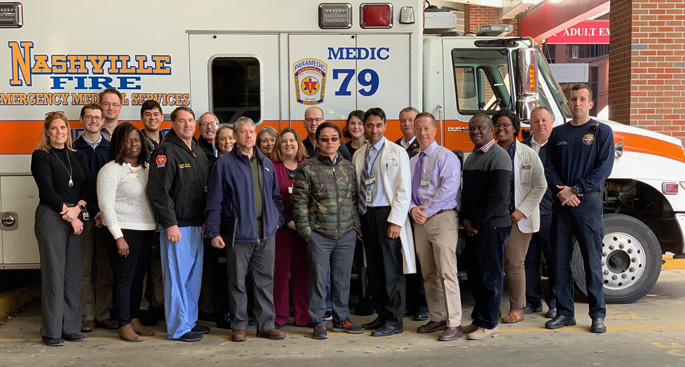Although military personnel often suffer ankle and knee fractures requiring surgery, there’s no definitive consensus on when they should stop using crutches and start putting weight on their injured limbs again.
Vanderbilt Orthopaedics is leading a study for the U.S. Department of Defense (DOD) to come up with recommendations. A $4.5 million grant from the federal agency will follow the outcomes of 500 patients.
William Obremskey, MD, MPH, professor of Orthopaedic Surgery and Rehabilitation, is the lead investigator on the multicenter study that is being conducted through the Major Extremity Trauma Research Consortium (METRC).
Established in 2009 with DOD funding, the consortium consists of medical centers that work collectively to establish guidelines for optimal care.
The study involves patients with unicondylar proximal tibia fractures and bimalleolar ankle fractures, which are the more common injury.
“Lots of military personnel jump out of airplanes or are young active people who hurt their ankles,” Obremskey said. “The question is when can they really return to weight bearing? Historically, orthopaedic surgeons have said sometime between six weeks and three months, but there is no firm data on when the right time is.”
Some studies have been conducted, but without the number of participants needed to be conclusive.
About a dozen participating METRC medical centers will follow the same protocols, randomizing half of patients to early weight bearing and half to not.
Some of the participants will be footed with a special insole that will monitor in real time the amount of weight they put on the injured limb.
The four-year study launches in September.
“These injuries are also applicable to the general public in determining when you can return to work, when you can get back on your feet and get back to your normal activities,” Obremskey said.















